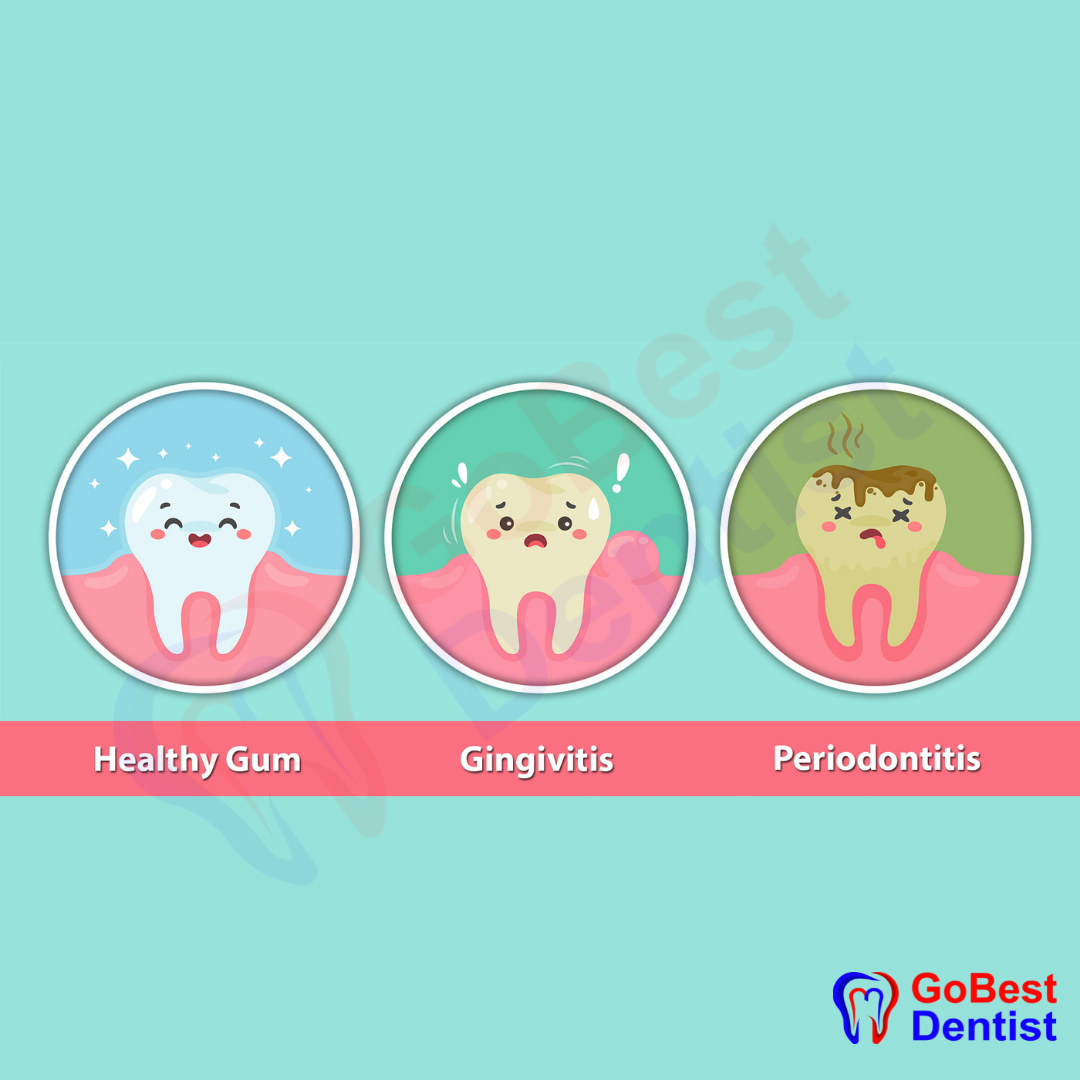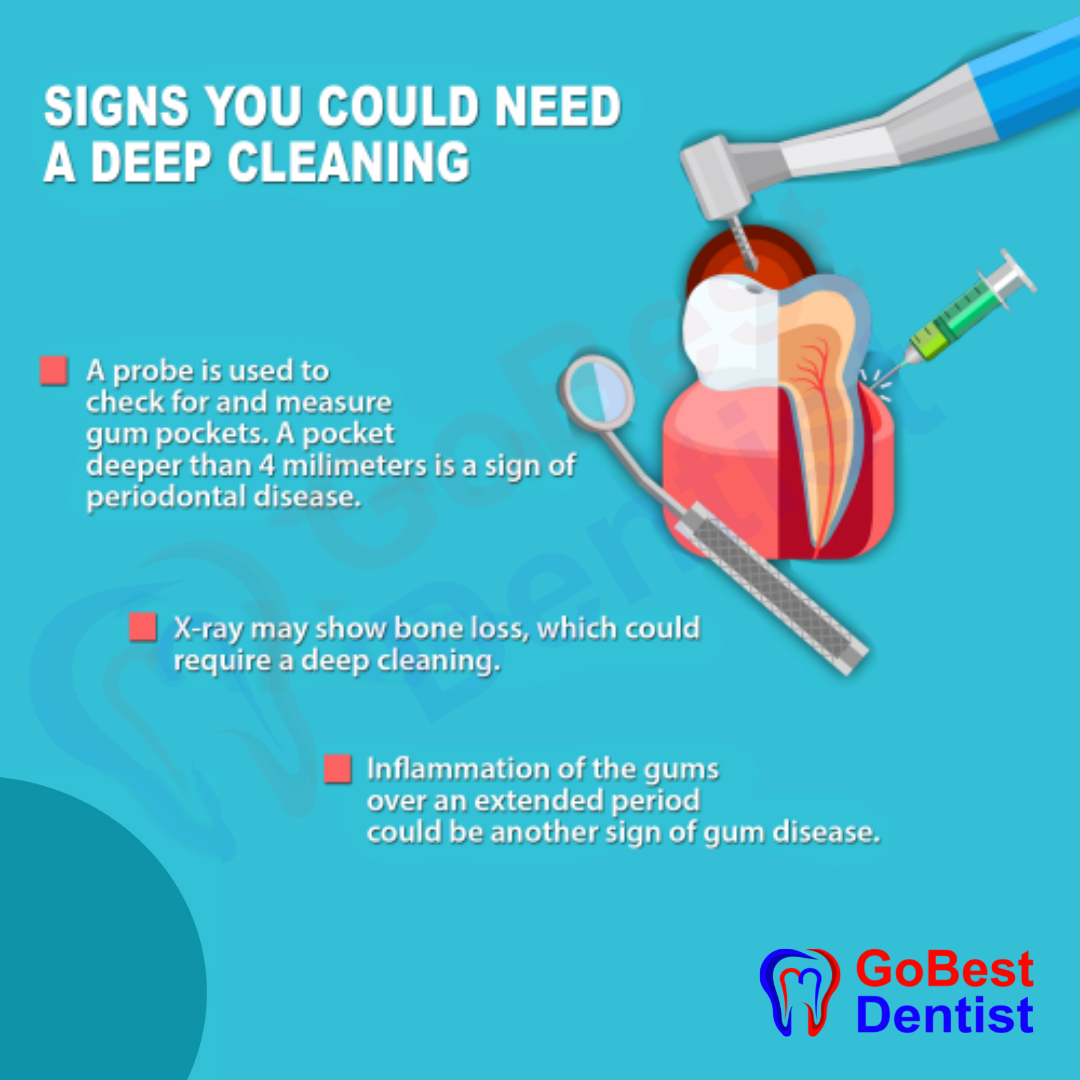SCALING TREATMENT
‘It is more than just a simple cleaning!’


WHAT
What is Scaling and Root planning?
With the combination of our daily meals and drinks, the natural build-up of dental plaque can occur up on our teeth. While regular brushing can help remove this, it can harden into tartar if left intact and lead to a variety of dental health complications including gum disease and tooth decay.
A simple cleaning only affects the area above the gum line. Root scaling and planning is a thorough cleaning of the tooth and root surface below the gum line.
Dental scaling and root planning is a common non-surgical procedure that helps remove bothersome plaque and tartar from teeth by cleaning both above and below the gum line. This process is necessary to help the teeth reattach to healthier gums.Scaling and root planning help to treat the gum diseases which are chronic in nature.
Like a root canal treatment, It generally takes more than one dental visit to complete the entire process of scaling and root planning. You might require local anaesthesia of you have very severe gum disease. Receding gums might also require local anesthesia as they might be sensitive to the procedure.
WHEN
When do I need Scaling?
The dentist at GoBest Dentist will thourougly check your entire oral cavity at each visit. If you are adviced to go for scaling, that means you have chronic conditions like chronic generalized periodontitis which needs immediate attention.
While the best way to know if gum disease complications are occurring is to visit a qualified dentist, there are some signs you can look at before your next appointment.
- Swollen gums.
- Tender and painful gums.
- Bleeding gums.
- Falling gum line.
- Bad breath.
- Loose teeth.
- New gaps between the teeth.
- Pain when chewing.
After deep cleaning, the tools are used to plan or smooth all root surfaces. These techniques help the gums to reconnect to the roots of the teeth and reduce long-term gum problems such as bleeding and inflammation.
As with most medical procedures, it is important to note that there may be some symptoms immediately after root scaling and planning like a little sensitivity in teeth. It is important to anticipate these symptoms and to know how to maintain the post-procedure gum health.
Looking for best teeth cleaning in Pune?,
CALL US NOW
WHAT
What are the causes of such gum problems?
It can occur due to variety of reasons some of which include the following:
Improper oral hygiene.
Use of any form of tobacco.
Increasing age.
Hormonal changes in body.
Inadequate nutrition.
Heredity.
Some systemic diseases.
WHAT
What are the advantages of getting a scaling done?
- It can stop the advancement of gum disease.
- It can promote healing of gums.
- It can treat infections in the gums.
- It can clean the inaccessible areas like areas below your gumline.
- It can remove extrinsic stains and enhance your smile ( for other stains see teeth whitening).
- It can prevent and treat halitosis(bad breath).
- It can protect the root of your teeth which acts as foundation from disease causing bacterias thus save you from extraction of teeth.
HOW
How is it done?
The process of scaling is as simple as getting a dental filling. This procedure usually takes longer than regular brushing, so we can schedule extra time or brush only a quarter or half of your mouth at a time. We can use either a hand-held scraping instrument or an ultrasonic instrument, which is a tiny vibrating stick that breaks down plaque. We can use a local anesthetic during the procedure to "numb" the area for added comfort.
The bacteria live in plaque and feed on the sugar you eat and drink, releasing toxins that cause gingivitis (i.e., infected, red, swollen, and bleeding gums). This can eventually lead to gum disease if the plaque is not removed from the teeth, causing the gums to flake off from the teeth, leaving pockets or spaces for tartar and bacteria.
If you already have gum disease, this plaque has already formed under the gum tissue and along the root of the tooth. This makes it nearly impossible to access and remove bacteria with a conventional toothbrush.
Care and Recovery after treatment:
During the first few days after treatment, bleeding may occur and should gradually subside. On a return visit, our dentist will assess the healing of the gums and check for the reduction in the size of the periodontal pockets.
If pockets larger than 3 mm are still present after the initial treatment, additional treatment may be recommended.
Good oral hygiene practices and constant long-term follow-up of your dentists are essential to prevent periodontal disease from developing into a more serious and / or chronic condition that may require surgery.
This is important, especially given the growing body of clinical evidence indicating a strong link between periodontal disease and secondary conditions such as cardiovascular disease, low birth weight babies, and preterm birth.
Looking for best teeth scaling and polishing in Pune?
BOOK AN APPOINTMENTFrequently Asked Questions



